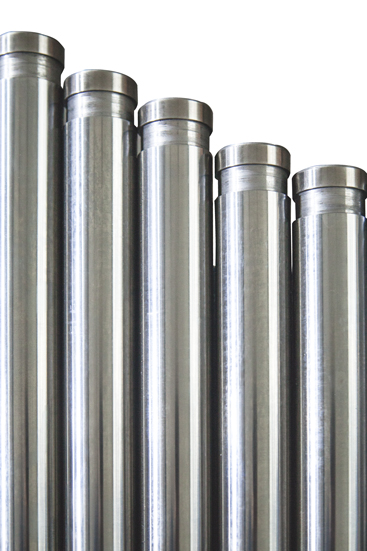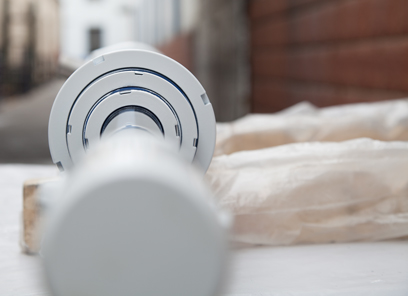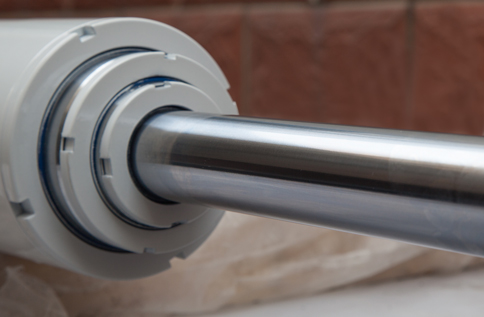
Selection of Seal materials:
The commonly used seal materials of our company are Polyurethane, Nitrile rubber, Fluororubber, PTFE, etc., and various materials have different characteristics, as follows:
(1) Polyurethane material has good wear resistance and small compression deformation rate, and is generally used in dynamic sealing occasions. It can withstand the working temperature of -35-100 ℃, and is suitable for petroleum-based hydraulic oil. Except for imported materials, it has poor hydrolysis resistance and cannot be used for water-based hydraulic oil, such as water glycol.
(2) Nitrile rubber material has poor wear resistance, and is generally used in static sealing positions, or combined with other wear-resistant materials to form dynamic sealing rings, such as Glyd rings and Step seals. It can withstand the working temperature of -10-80 ℃, and has good compatibility with various hydraulic oils except for phosphate ester.
(3) The fluororubber material has poor wear resistance and anti-extrusion ability. It is generally used in static sealing positions, or combined with other wear-resistant materials to form a dynamic sealing ring. When it is used for dynamic sealing alone, a retainer ring should be added to prevent extrusion out. It can withstand the working temperature of -20-160 °C, and can work in a high temperature environment of 200 °C for a short time, and has good compatibility with various hydraulic oils.
(4) PTFE material has good wear resistance and anti-extrusion ability. It is generally used in combination with rubber material to form a dynamic seal. However, due to its large compression deformation rate, it may cause large leakage when used at low pressure. Generally it is used in high temperature environment above 25MPa. It can withstand the working temperature of -40-135 ℃, and has good compatibility with various hydraulic oils.


Post time: Jul-28-2022
